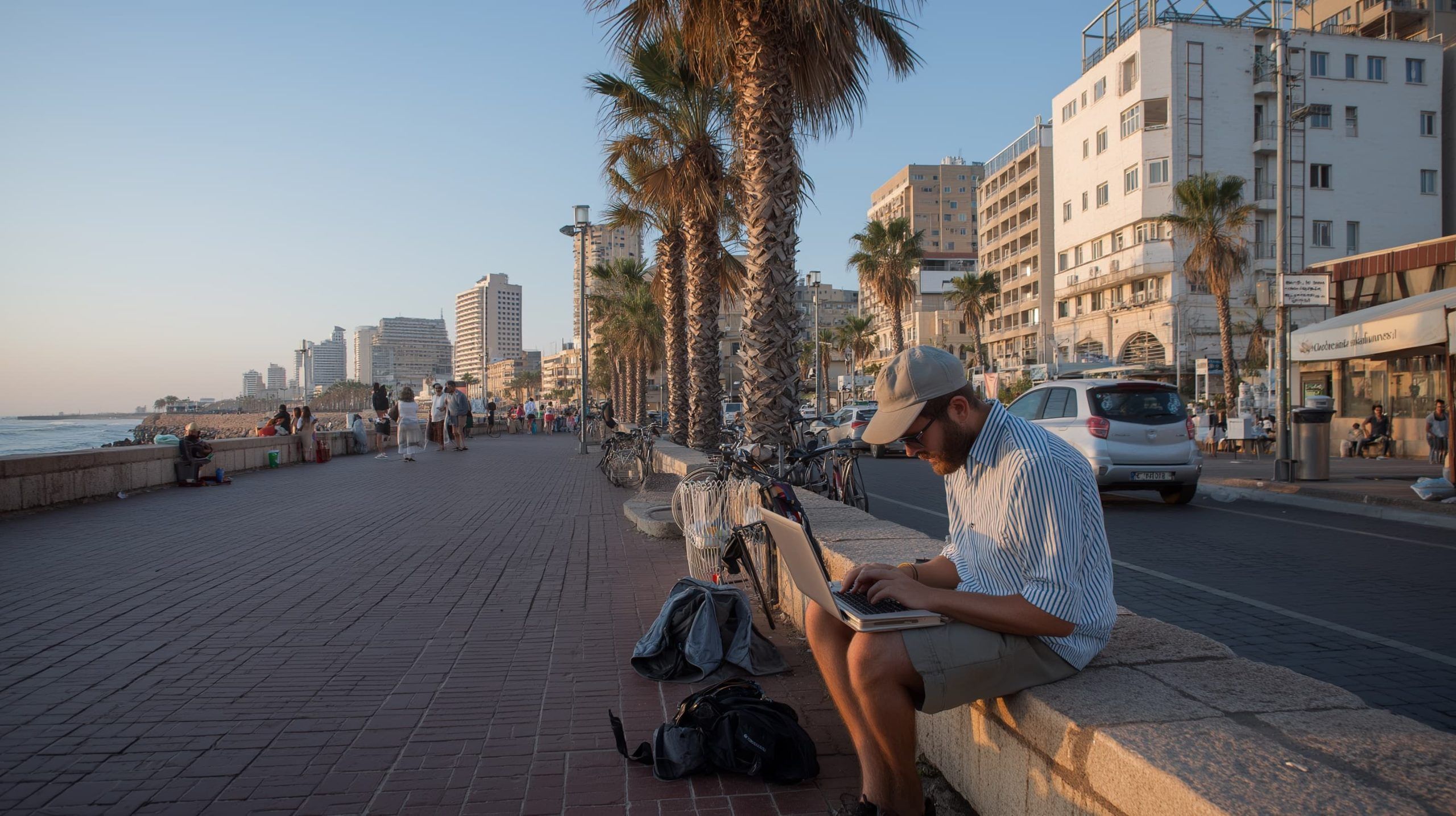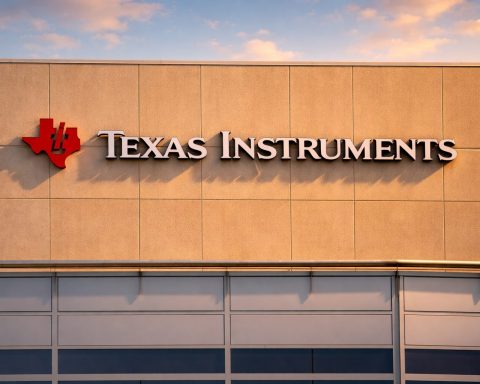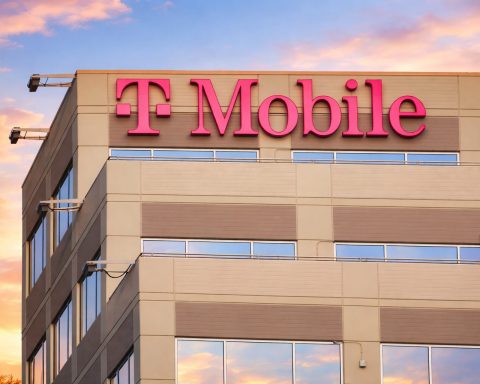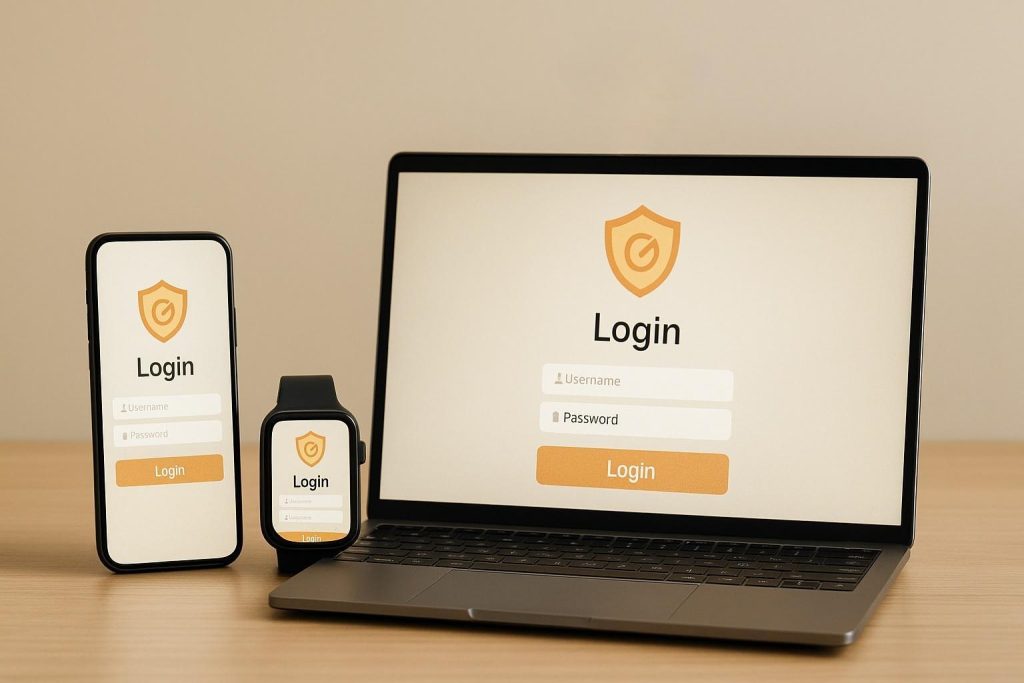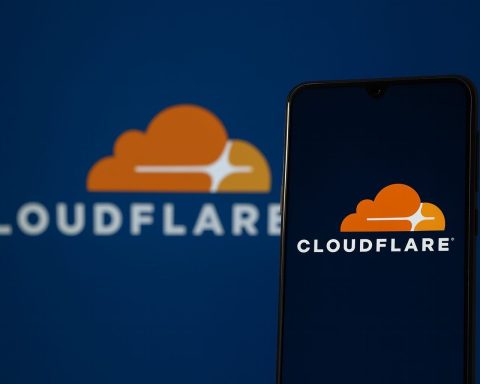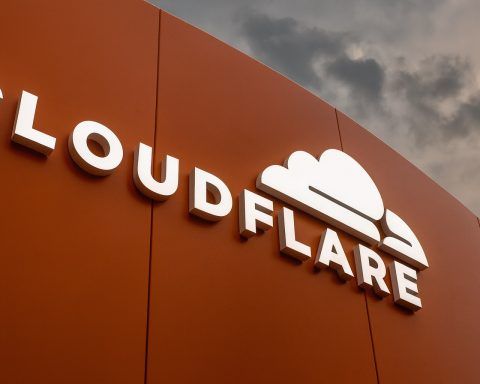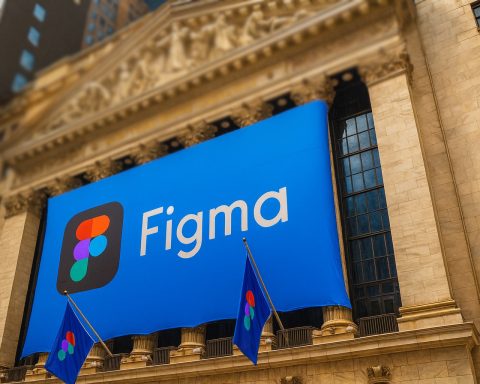- In early 2024, 92.1% of Israelis—about 8.51 million people—were online, according to DataReportal.
- Israel has about 10.40 million mobile subscriptions, yielding 112.5% mobile penetration due to multi-SIM usage.
- Roughly 92.9% of Israelis live in urban areas, with 7.1% rural.
- Median speeds are high: fixed broadband 167.4 Mbps and mobile 40.2 Mbps (early 2024), and Speedtest ranked Israel around 16th worldwide for fixed broadband with a median of 226.6 Mbps in January 2025.
- Fiber deployment reached about 45% of homes by early 2024, up from about 35% in 2023, with Bezeq and Partner (Unlimited FTTH) as the main fiber players.
- HOT via HOTnet offers DOCSIS 3.0/3.1 services up to about 500-800 Mbps over coax, and cable covers roughly 22% of households.
- ADSL/VDSL is still used by about 18% of homes at the start of 2024, with legacy DSL links topping out at ~100 Mbps but often running below 50 Mbps.
- By mid-2024 Israel was approaching full fiber deployment with fiber to nearly every home as a goal.
- 5G rollout: by end-2024, 5G coverage extended to most urban areas, carriers committed about $500 million to 5G buildout, and about 30% of Israelis had 5G-capable devices by end-2023, rising toward 70% by 2025.
- As of early 2024 Starlink was not publicly available in Israel, with government talks with SpaceX in late 2023 and deployment targeted for 2024.
Israel has one of the most connected populations globally. According to Digital 2024 data, 92.1% of Israelis (~8.51 million people) were online in early 2024 [1], far above the global average (~67%). Mobile subscriptions (~10.40 million) exceed the population (112.5% penetration) due to multi-SIM usage [2]. Roughly 92.9% of Israelis live in urban areas (only 7.1% rural) [3], so broadband service is concentrated in cities and suburbs. Median speeds are very high: fixed broadband delivered about 167.4 Mbps (median download) in early 2024, and mobile about 40.2 Mbps, both well above global medians [4] [5]. For example, Speedtest’s Global Index ranked Israel ~16th worldwide for fixed broadband (median ~226.6 Mbps in Jan 2025) [6].
Infrastructure and Technologies
Fixed broadband. Israel’s fixed-line internet is delivered via fiber-optic (FTTH/FTTB), cable, and legacy DSL. Fiber deployment has accelerated in recent years: about 45% of homes had fiber connections by early 2024 (up from ~35% in 2023) [7]. Fiber speeds now reach up to multi-gigabit in theory; typical retail plans offer 100–1000 Mbps. The main fiber players are Bezeq (the incumbent telco) and Partner (Unlimited subsidiary) – together they connect the majority of new fiber homes. Cable TV provider HOT (through HOTnet) offers DOCSIS 3.0/3.1 services (up to ~500–800 Mbps) over coaxial networks in many urban areas. Cable covers roughly 22% of households [8]. DSL/copper is fading but still present: about 18% of homes used ADSL/VDSL (via the old telephone network) at the start of 2024 [9]. Those legacy DSL links top out at ~100 Mbps but often run below 50 Mbps.
After years of phased rollouts, fiber networks now cover most population centers. Major cities have multiple fiber providers; by 2024 roughly half of all households pass (“homes passed”) by fiber lines. For example, Bezeq reported ~810,000 fiber subscribers at end-2024 out of ~2.57 million fiber-ready homes (take-up ~32%) [10]. The government has subsidy programs to accelerate rural/underserved fiber: a fund requires large fiber operators to pay into a national subsidy for smaller ISPs. The first beneficiary, Noorcom, is deploying fiber in certain Arab-majority villages [11]. The Ministry of Communications explicitly targeted peripheral and disadvantaged communities in recent fiber plans [12]. By mid-2024, reports suggested that Israel was “approaching full fiber deployment” nationwide [13] [14] (with fiber to nearly every home as a goal).
Mobile broadband (4G/5G). Israel has had nationwide 4G/LTE for years, with 4G coverage above 94% and 3G at ~99% [15]. All four major mobile operators offer 4G (and 4.5G) services virtually countrywide. Following a 2019 spectrum auction, carriers launched 5G in the early 2020s. By end-2024, 5G coverage (midband and mmWave) extended to most urban areas, with operators committing ~$500 million to 5G buildout [16]. Industry data project that about 30% of Israelis would have 5G-capable devices by end-2023, rising toward 70% by 2025 [17]. Typical 5G plans offer hundreds of Mbps in cities, though rural 5G (often fixed wireless) is still limited. One recent study notes that Israeli carriers consistently pay large license fees (around NIS 300–400 million annually) for 4G/5G spectrum, reflecting this expansion [18].
Satellite internet. To date Israel has no mass-market consumer satellite broadband like Starlink, but satellite is available through niche channels. Israeli company Gilat Satellite Networks provides high-throughput VSAT services – multigigabit links – mainly for enterprise and defense customers [19]. For residential users, Starlink has been the focus. In late 2023 the Israeli government announced talks with SpaceX to introduce Starlink’s LEO satellite broadband to Israel [20]. Communications Minister Shlomo Karhi said the Ministry is “coordinating … enabling the operation of communication terminals” and planning to distribute Starlink user kits to regional councils near conflict zones [21]. As of early 2024, Starlink was still not yet publicly available in Israel (awaiting licensing), but the rollout was targeted for 2024 [22] [23]. (Starlink was also being discussed for eventual use in Gaza/West Bank, a contentious issue in the 2023 war.) Other global satellite services (e.g. HughesNet) do not have a presence in Israel.
Internet Service Providers and Market Shares
The Israeli ISP market is concentrated among a few large groups. In fixed broadband, Bezeq Group (via Bezeq, Bezeq International, Pelephone/yes) remains the market leader, with roughly 30% of fixed subscribers [24]. Second and third are Partner Group (including Partner-IPC/Unlimited FTTH) and Cellcom (including formerly “012 Smile” or “Cellcom Golan”), each with about 20% share [25]. Cable company HOT (via HOTnet) has around 14% of the market [26]. The remaining share (~16%) is held by numerous smaller ISPs and regional providers (some operating only in limited areas). In total, Israel has on the order of 40–45 licensed ISPs [27], but only the top four groups have nationwide scale.
On the mobile side, there are five main carriers: Cellcom, Pelephone (Bezeq), Partner (with HOT Mobile), Golan Telecom/Cellcom (MVNO) and Additional MVNOs. Market share is roughly split among the big three (Partner, Cellcom, Bezeq-Pelephone) which together hold about half the market, with HOT Mobile and others accounting for the rest. (Detailed mobile market share figures are not publicly broken out by operator in our sources, but overall penetration is 112.5% [28].)
By 2024 convergence is notable: each of the major groups now offers both fixed and mobile services. For example, Bezeq (originally landline-focused) now has a mobile arm (Pelephone) and satellite TV (yes); Cellcom merged with Golan and added DSL; and Partner Group (formerly Partner Communications and HOT) merged fixed, cable, and mobile brands under one corporate umbrella.
Pricing, Speeds, and Availability
Israel’s telecom services are known for high speeds and strong competition. ADSL plans historically were very inexpensive, and fiber plans (100+ Mbps) remain affordable by European standards. For instance, in 2019 a “basket” of unlimited broadband cost only ~0.8% of Israel’s GNI per capita (vs ~1.5% in the EU) [29]. Consumer surveys and indexes reflect cheap broadband – Surfshark’s 2022 report even ranked Israel #1 globally for affordable internet and digital quality of life [30]. Typical fixed-line plans now start around ₪80–₪100 per month (about USD 22–30) for ~100–200 Mbps; higher tiers (500+ Mbps) are also available for under ₪200. Mobile data plans (4G/5G) offer gigabytes of data for ₪50–₪100 per month, with unlimited packages in the ₪100–₪150 range. (Exact prices fluctuate and often include bundled services like TV or landline.)
Speeds: Thanks to extensive fiber buildout, Israel’s average speeds are well above global medians [31]. DataReportal reports median fixed-line speed ~167.4 Mbps (up 75% year-on-year) [32]. The Ookla Speedtest Index shows medians in the 200+ Mbps range [33]. Mobile median speed (~40 Mbps) is also strong. As a result, peak-demand situations (e.g. 2020 lockdowns) saw Israel’s networks perform robustly. However, some slowdown can occur on crowded consumer plans (especially in rural DSL areas).
Urban vs Rural: Coverage and performance are generally excellent in cities. Virtually all urban centers and larger towns have fiber or high-speed cable broadband [34] [35]. By contrast, some small communities (especially remote Bedouin villages in the Negev or ultra-Orthodox towns) have lagged; they often rely on older DSL or satellite. The government has targeted these gaps: fiber subsidies and universal-service obligations now focus on the “periphery” [36] [37]. For example, recent policy accelerated fiber installation in northern and southern regions and among under-served Arab and Haredi populations [38]. Overall, while no spot is entirely unserved, a few percent of households (mainly rural) may have only limited-scope connections.
Satellite Internet
The use of satellite for general Internet access in Israel is very limited. Gilat Satellite Networks (an Israeli company) provides VSAT connections – in some cases multi-gigabit links – to enterprises and defense customers, but these are not mass-market consumer services [39]. There has been no local geostationary consumer ISP (like HughesNet).
The big development is Starlink. In late 2023 Israel’s communications ministry announced it is working with SpaceX to launch Starlink service domestically [40]. This marks Starlink’s first formal entry into Israel – until now it has been unavailable. The government’s stated plan is to deploy Starlink terminals in frontline communities (e.g. border settlements) for backup/emergency broadband [41] [42]. Minister Karhi said the ministry is “coordinating … enabling the operation of [Starlink] communication terminals” and will promote purchasing devices for regional councils in conflict areas [43]. Timeline: Starlink deployment was targeted for 2024. (TechCrunch noted in Oct 2023 that as of then the service “currently isn’t available in Israel” and would be first-time introduction [44].) Beyond Starlink, no other global LEO satellite players (OneWeb, Kuiper, etc.) were operating in Israel by early 2024.
In sum, satellite internet plays a niche role – mostly military/enterprise and now emergency planning. If Starlink follows through, it may cover a few tens of thousands of users (conflict-zone deployments), but will remain a small fraction of overall connectivity. Most Israelis will continue to use fiber, cable, or 4G/5G as primary access.
Government Regulation and Policy
Israel’s broadband environment is shaped by active government regulation. The Ministry of Communications (MoC) oversees licensing, spectrum auctions, and consumer protections. Key policies include:
- Net Neutrality: Israeli law mandates net neutrality. Parliament passed a law in 2011 requiring mobile operators to treat traffic equally; this was extended to fixed-line providers by amendment in 2014 [45]. Thus ISPs cannot legally block or throttle lawful traffic.
- Infrastructure vs ISP Separation: Until 2021, network infrastructure (fiber/copper) had to be offered wholesale to any ISP (a “structural separation”). In June 2021 the Communications Minister abolished this split (effective early 2022) [46]. Going forward, integrated providers (e.g. Bezeq, Hot, Partner) may issue a single bill for both infrastructure and service, simplifying consumer experience [47] [48]. (Existing unbundled customers could remain under old rules if desired.)
- Spectrum and 5G: The MoC auctions radio spectrum for mobile services. In 2019 it tendered 5G frequencies (midband and mmWave) with coverage milestones into 2023 [49]. Operators pay hundreds of millions NIS per year for spectrum rights. The government has since allocated additional frequencies and funding to accelerate 5G, with a goal of rapid rollout in industry and smart-city projects [50].
- Licensing: As of 2024 there are roughly 40–45 active ISP licenses in Israel [51]. In addition, universal-service regulations oblige the largest telcos (Bezeq and Hot) to use the national network to ensure broad access [52]. Other laws (e.g. the Freedom of Information Law) encourage providers to enable broad connectivity.
- Content Regulation and Censorship: Israel generally imposes no broad internet censorship [53]. Historical attempts to block pornography or violent content met resistance and mostly failed. Some gambling sites were blocked by police in 2010, but a court later ruled such blocks illegal [54]. In 2024, a new law granted the Communications Minister authority to order blocks of foreign media outlets on national-security grounds [55]; this was aimed at sites like Qatar-based Al Jazeera, and drew some controversy. Aside from that, content removal is usually targeted (e.g. illegal incitement), not systematic filtering. Israel’s press and speech freedoms are strong by global standards.
- Data Protection and Cybersecurity: Israel has robust data-protection laws. In 2024 the Knesset passed a comprehensive reform of the Privacy Protection Law to bring it in line with the EU’s GDPR [56]. From August 2025 this will require data controllers to appoint privacy officers, notify breaches, and face fines up to 5% of global turnover for violations [57] [58]. On cybersecurity, Israel is a world leader. Its “Internet Quality” (Ookla-measured performance and reliability) is well above global average [59]. Government and industry invest heavily in cyber defense; a Surfshark 2023 report noted Israel scores relatively high on cyber-readiness and has strong data laws compared to neighboring countries [60]. Overall, national policy emphasizes a secure, open internet and seeks to expand access while protecting users’ data.
National Broadband Strategy and Inclusion
The Israeli government has explicitly pursued universal broadband. In 2018 it unveiled a National Digital Program aimed at digitizing government services and expanding internet access. More recently, officials have declared a goal of “full fiber connectivity” by the mid-2020s. MoC initiatives include: subsidizing fiber in rural areas, accelerating municipal broadband projects, and integrating ultra-Orthodox and Arab communities into the digital economy. For example, fiber deployment is being fast-tracked in the North and South and within disadvantaged communities [61]. NGOs like ISOC-IL and educational programs also work to bridge the digital divide (e.g. training for new internet users). Connectivity to schools and hospitals is near-universal, and many public spaces (parks, libraries) offer free Wi-Fi.
At present, about 8% of Israelis remain offline [62]. The hardest-to-reach are mostly elderly, low-income, or remote Bedouin citizens. Government and NGO programs (free/discounted service, device distribution) target these groups to boost digital inclusion. Progress is ongoing, and Israel is often cited for high “quality of life” thanks to digital infrastructure (e.g. Surfshark ranked it #1 in 2022 for digital quality of life [63]).
Security, Privacy, and Censorship
- Surveillance and Privacy: Israel’s intelligence and law-enforcement agencies do intercept communications under legal warrants (as in most democracies), but internet encryption (HTTPS, apps) is widely used by citizens. The new Privacy Protection Law (2024) means companies will face stiffer rules on data use and sharing [64]. Mandatory breach notifications and high fines are expected to align Israel with global best practice.
- Censorship: As noted, the state exercises relatively little direct censorship. In 2009–2010 a watchdog found no evidence of systematic filtering [65]. Public advocacy (e.g. by the Israel Internet Association) has successfully opposed many blocking bills. Only narrowly defined blocks exist today (e.g. court orders against specific extremist content). In short, Israel’s internet is free and open by international measures.
- Cybersecurity: Israel invests heavily in network security. National CERT coordinates against cyber-attacks, and communications infrastructure has high redundancy. The country scored in the middle tier on an Internet Resilience Index (around 57%) [66], meaning moderate ability to withstand outages – helped by its advanced fiber backbone. According to Surfshark’s DQL report, Israel’s “Internet Quality” score (reflecting speed and infrastructure) is ~34% above global norms [67]. That report also noted Israel is well-prepared to counter cybercrime, reflecting strong regulations and tech expertise [68].
International Comparisons
In global terms, Israel ranks very favorably in connectivity metrics. Penetration (92%) and speeds (150–226 Mbps) are comparable to top OECD countries. In 2022 Surfshark named Israel world #1 in “Digital Quality of Life” largely due to affordability [69]. Even after a slight slide in 2023 (ranking 17th) [70], Israel’s speed and reliability pillar remains strong. Affordability has slipped (e.g. 4G data prices have risen, per Surfshark), which partly explains the ranking drop [71].
For context, as of early 2024 Israel’s fixed-broadband median download speed (~167 Mbps) is roughly 2–3× the global median [72]. Mobile speeds are also above average. According to Ookla, Israel’s fixed speed ranked around 16th highest in the world in Jan 2025 [73]. In terms of cost, typical Israeli plans still remain cheaper than many Western nations: a fixed unlimited plan is under 1% of per-capita income [74], and mobile data is often among the world’s cheapest when measured relative to average wages.
In summary, Israel’s internet access is ubiquitous, fast, and relatively affordable. The country continues to push for 100% fiber coverage and broad 5G rollout, while maintaining strong regulations (e.g. net neutrality, privacy rules). Users enjoy high download rates and multiple service options. Remaining challenges include extending high-speed service to the final rural and under-served pockets, and ensuring prices stay low amid rising telecom costs. Compared internationally, Israel rates at or near the top on penetration and speed, though recent trends suggest affordability and regulatory vigilance (e.g. combating misinformation) will be key to sustaining its lead.
Sources: Authoritative reports and news articles from Israeli government, industry, and media (ministry releases, DataReportal [75] [76], Ookla speedstats [77], Surfshark indexes [78] [79], etc.) have been used to compile this summary of Israel’s broadband landscape. All figures and quotations are cited.
References
1. datareportal.com, 2. datareportal.com, 3. datareportal.com, 4. datareportal.com, 5. en.wikipedia.org, 6. en.wikipedia.org, 7. www.ynet.co.il, 8. www.ynet.co.il, 9. www.ynet.co.il, 10. www.bezeq.co.il, 11. es.wikipedia.org, 12. il.boell.org, 13. techcrunch.com, 14. www.geektime.co.il, 15. www.itu.int, 16. www.verifiedmarketresearch.com, 17. www.verifiedmarketresearch.com, 18. www.ynet.co.il, 19. en.wikipedia.org, 20. techcrunch.com, 21. techcrunch.com, 22. techcrunch.com, 23. techcrunch.com, 24. www.ynet.co.il, 25. www.ynet.co.il, 26. www.ynet.co.il, 27. en.wikipedia.org, 28. datareportal.com, 29. www.itu.int, 30. es.wikipedia.org, 31. datareportal.com, 32. datareportal.com, 33. en.wikipedia.org, 34. datareportal.com, 35. il.boell.org, 36. es.wikipedia.org, 37. il.boell.org, 38. il.boell.org, 39. en.wikipedia.org, 40. techcrunch.com, 41. techcrunch.com, 42. techcrunch.com, 43. techcrunch.com, 44. techcrunch.com, 45. en.wikipedia.org, 46. www.capacitymedia.com, 47. www.capacitymedia.com, 48. www.capacitymedia.com, 49. www.itu.int, 50. www.verifiedmarketresearch.com, 51. en.wikipedia.org, 52. il.boell.org, 53. en.wikipedia.org, 54. en.wikipedia.org, 55. en.wikipedia.org, 56. www.workplaceprivacyreport.com, 57. www.workplaceprivacyreport.com, 58. www.workplaceprivacyreport.com, 59. www.calcalistech.com, 60. www.calcalistech.com, 61. il.boell.org, 62. datareportal.com, 63. es.wikipedia.org, 64. www.workplaceprivacyreport.com, 65. en.wikipedia.org, 66. www.itu.int, 67. www.calcalistech.com, 68. www.calcalistech.com, 69. es.wikipedia.org, 70. www.calcalistech.com, 71. www.calcalistech.com, 72. datareportal.com, 73. en.wikipedia.org, 74. www.itu.int, 75. datareportal.com, 76. datareportal.com, 77. en.wikipedia.org, 78. es.wikipedia.org, 79. www.calcalistech.com
